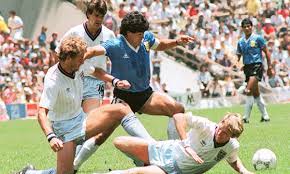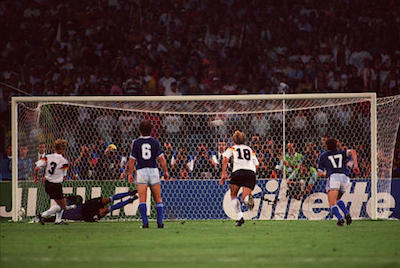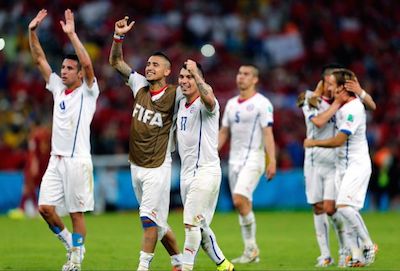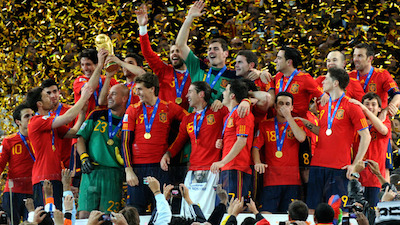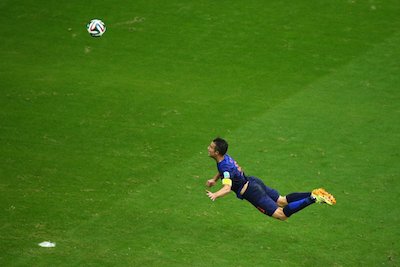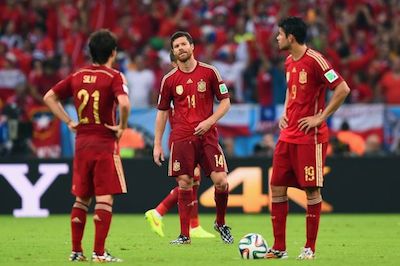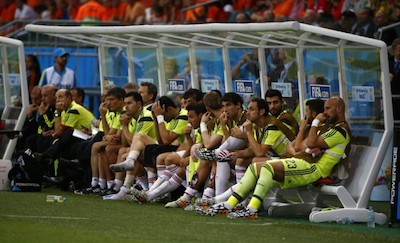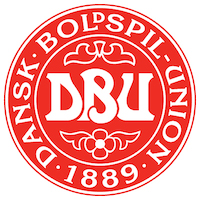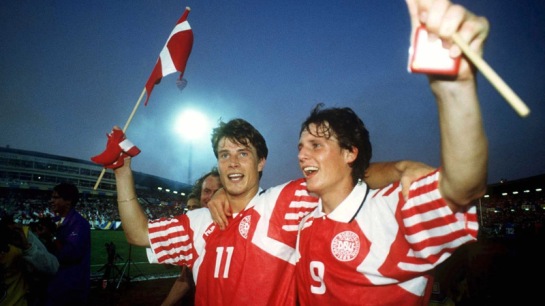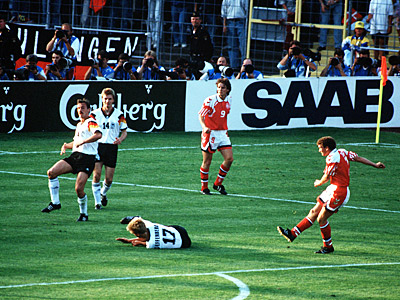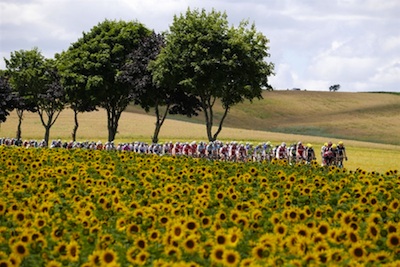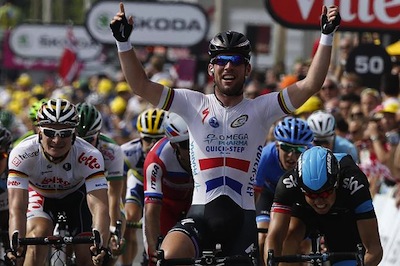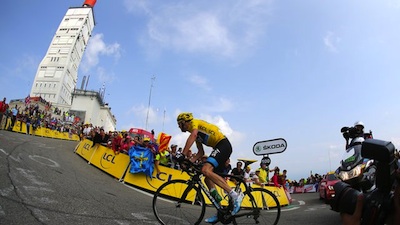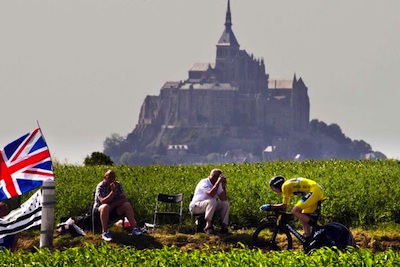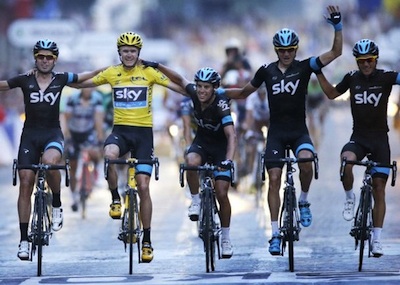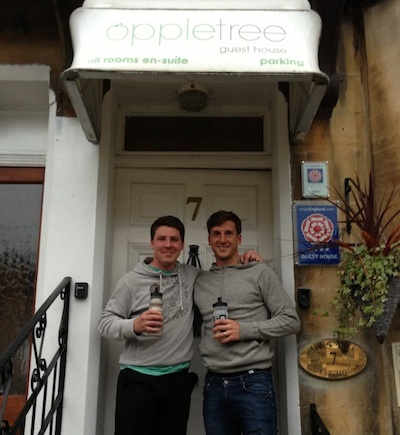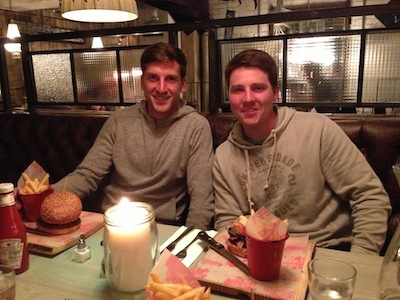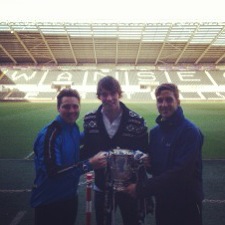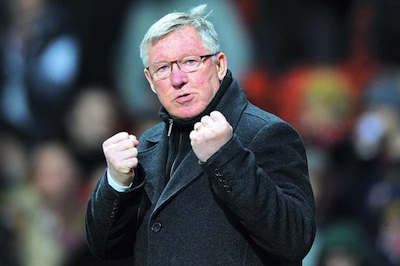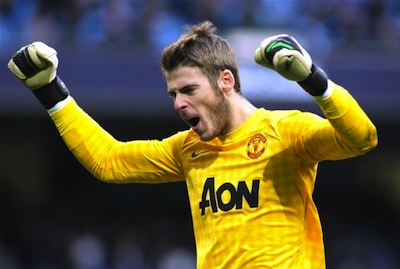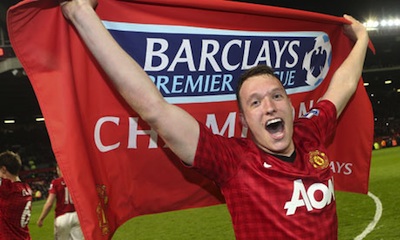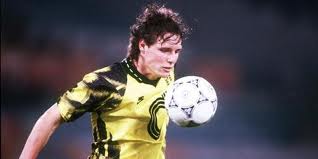Ok, call me a weirdo, but I loved pre-season. Anyone who has played alongside me over the years knows it and if they’re reading this right now, there’s a good chance a lot them are thinking, ‘Yeah, and you were a busy bastard as well.’ I heard that a lot throughout my career, but I’m sure there’ll be a lot of players more than happy to see the back of these last few weeks of hard graft.
See, I don’t really understand that and I never did back then. Getting back to playing football, feeling as fit as you can possibly be in the anticipation of a new season and all that may bring – what’s not to love? My friend and ex-Dundee United teammate, Gary Bollan, wasn’t so much of a fan of those four to six weeks prior to the start of the new campaign. He still carries the mental scars from some of his pre-seasons, especially those inflicted under the management of Jim McLean and Paul Sturrock. He’s now a manager in his own right at Airdrieonians and when we met recently to catch up and chat about how he was putting his team through their paces, it was inevitable that we got talking about the beastings we took back then.
Bobo wasn’t the worst runner, but it’s fair to say that his robust frame meant that it didn’t come easy to him. With a shake of the head he ‘fondly’ recalls a particularly gruelling experience that’s still fresh in both our memories. One of the standard destinations during the first week of pre-season at Dundee United was Monikie Country Park; a punishing forest run followed by a figure of eight around two fairly large reservoirs that you had to complete in under 20 minutes. The wind almost blew you into the water as you ran exposed to the elements (Scotland in July is unpredictable at best) along the raised bank. He remembers emerging from the trees and lifting his head to see where everyone was… he could only just make out my group in the distance. We were halfway through our run around the second body of water and heading for the finish line. I think his quote to explain his feelings at that time was ‘mentally gone’, as he tried to get his head around the fact that he was just about to begin the loop around the first loch. I was in my element.
Dundee United always had fit teams and were notorious for having tough pre-seasons. It almost felt like the managers, coaches and experienced players steeped in the history of the club, like Billy Kirkwood, Paul Hegarty, Maurice Malpas, Paul Sturrock, Dave Bowman and Gordon Wallace thought it was their duty to carry on from where wee Jim had left off. ‘Heggy’ was a machine and led most of the runs even though he must have been easily touching 40 at the time. I remember legendary, veteran defender, Maurice Malpas giving me a wee bit of advice on my first day as I jovially lifted the pace to go past him during one of the many 20 minute fatlecks. ‘Easty’ he growled, ‘Run by me again and I’ll fucking hook ye!’. A few years later I remember goalkeeper Sieb Dijkstra struggling on what he thought was the first tough run of the day and having to stop to get his breath back; we were only in the warm-up!
Back then, pre-season for me was a time to really push myself to my limits, both physically and mentally (without getting injured) and in the process doing enough to ensure I was in the starting eleven on the opening day of the season. That’s all that mattered. I’m very lucky that I’m naturally fit, and it certainly helped in those early years where a fitness coach was a novelty, never mind a sports scientist. However, I struggle to understand professional footballers who moan and groan about hating pre-season, especially nowadays in the era where sports science and the physical needs of the individual is a priority. Players should embrace it. It’s a time to really drill down into your craft and work not only on your fitness, but also details of your game, without the pressure of a competitive match to prepare for.
It was probably my favourite time of the season and for many reasons. It wasn’t just because the physical challenges were something I could excel in. The close season got boring. Don’t get me wrong I love spending quality time with my wife (in case she’s reading) and I enjoy a bit of sun on my back and everything else that goes along with a few weeks rest, but I could never totally switch off. So, by the time that first day back came around, I was quite literally ready to hit the ground running, filled with the renewed sense of hope and purpose that the anticipation of a new season imbues in players and fans alike.
You almost feel invincible. Seriously. Yes there’s the spell where you don’t think there’s a hope in hell of getting your legs moving again for an afternoon session without a can of WD40 and those evenings twitching in and out of sleep listening to the soothing sound of Wimbledon on the TV (pre-Sharapova obviously). But once you get through that first week, it’s genuinely the best feeling in the world. You’re eating healthily, getting ripped and starting to feel sharp, a level of physical wellbeing you don’t get to feel anywhere close to throughout the season as there’s always a knock or a niggle to deal with.
The whole approach to pre-season training has certainly changed and undoubtedly for the better. I feel fortunate to have straddled eras that saw the transition into the model that many clubs use today and I can now use these experiences as a coach.
Certainly in the latter part of my career the conditioning work became more progressive, and the ball used as it should be (we are footballers after all) from day one with the real tough sessions being intense possession based exercises or small sided games. Unbelievably, I actually remember myself and a few of the other older players at Leyton Orient complaining that we didn’t think we had worked hard enough because we didn’t feel that aching soreness in our legs before the start of the next day’s session. However, that period is probably the fittest I’ve been over a whole season.
I’m not saying I’d be adverse to a Monikie type run as a coach, but it wouldn’t be to measure fitness in the guise that I’ve been accustomed to. It could be thrown in to test attitude or even used at a lower intensity as part of a recovery session to allow the players to enjoy a different environment. I watched a couple of Gary Bollan’s early pre-season sessions with Airdrieonians and apart from a fatleck run as part of the warm-up, it was very much a session that you would see mid season. The intensity was greater and the work/rest ratios very structured, but most of the hard work was done with the ball and in a realistic context, as it should be.
I’ve also studied a few of Bayern Munich’s early pre-season sessions on Youtube and apart from the facilities, the golf buggy for water breaks, the army of support staff, and the slightly better standard of play (sorry Bobo) the principles were the same. In fact I think Gary’s task is way tougher as his lads are part-time. He’s got the extremely difficult job of balancing and structuring the conditioning, technical and tactical work into two or three sessions a week with most of his squad also working their 9 to 5’s.
There are different things to consider in football at every level. For example, while Bobo works out the most effective way to get his side operating at peak physical fitness as well as embedding the style of play he wants them to adopt after a four to six week break, I wonder if clubs at the top of the game even need to give the players a pre-season in the traditional sense?
For instance how much conditioning does Arturo Vidal need to be ready for the start of the Bundesliga in two weeks time. His club football lasted as long as it could have with Juventus going all the way to the Champions League Final and then his involvement with Chile – winning the Copa America – has meant that he’s had three weeks rest at most before joining up with Pep at Bayern.
World Cups, European Championships and 50+ game domestic seasons ensure that elite players certainly don’t need a Dundee Unitedesque pre-season of old, but it would be fun to see how they’d get on. It’s probably no surprise that I’m pretty jealous of the lads getting put through their paces at this time of year. I might not be able to replicate the football sessions I loved so much, but I actually quite fancy a wee run around Monikie for old time’s sake. I wonder if Bobo would be up for it?



